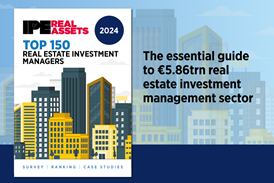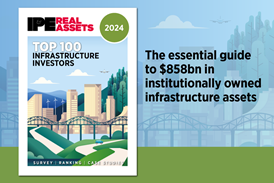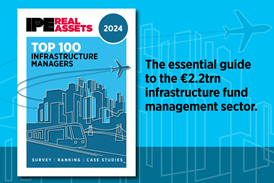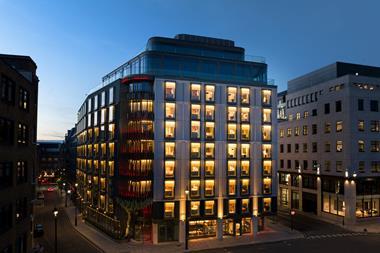UK retail warehousing – often erroneously associated with the struggling high street sector – continues to outperform other retail segments despite the rise of online retailing and Covid-19, a report conducted by Savills in conjunction with Ediston Property Investment Company (EPIC) reveals.

While the rise of e-commerce over the last decade has seen many high street retailers suffer, the report shows businesses located in out-of-town retail parks have fared considerably better. Food, DIY and homeware benefitted from 80% of sales being fulfilled in-store, while retail park convenience retailing saw almost no insolvencies in 2018-2020.
‘Not all physical retail is dead,’ said Calum Bruce, EPIC investment manager. ‘Far from it. Convenience remains key for consumers, particularly when an unexpected need arises, and many items lend themselves better to the in-store experience.’
The report highlights above average store openings in out-of-town parks over the last five years, with record figures in 2019. ‘The notion the physical store is becoming increasingly less relevant is erroneous in the retail warehouse sector, especially when we consider the pattern of acquisition activity in recent years,’ Savills and EPIC’s report said.
Click-and-collect takes off
Savills explains the true value of the store is not limited to in-store purchases and needs to factor in online sales that ‘touch’ a store – including products browsed in store and purchased online, or products picked up in store via click-and-collect. This store ‘halo effect’ was responsible for 30.6% of non-store sales in 2019 and is set to become even more important. According to the report, click-and-collect sales are predicted to rise 45.8% to reach £9.8 bn by 2024 – outpacing pure e-tail at an annual growth rate of 7.1%, compared to 5.8% over the next five years.
The value of the store is further enhanced by the ability of click-and-collect to drive additional sales at the point of delivery. The report notes in 2019, 39.2% of consumers bought an additional item while picking up their order. At Dixons Carphone, an established out of town retailer, 53% of customers who use the collect-and-collect service bought additional items with an average value of £36.
‘Many retail park stalwarts have delivered strong or resilient results this year despite the pandemic, which is in stark contrast to many ailing high street retailers. It is no surprise that Lidl, B&M, Home Bargains, Aldi and M&S alone have taken in excess of 3 million sq ft of new space between them in 2020. The growth in click-and-collect as a consumer preference has been widely cited as a key driver of revenues and tenants are recognising that retail parks are the best way to fulfil this service,’ Bruce commented.
Significant investment opportunity
Nevertheless, the report concludes the resilience of out-of-town retail parks has gone largely unnoticed and, with the sector repricing in line with the broader retail market, this presents an opportunity for savvy investors. ‘It is clear from our analyses that retail warehousing has out-performed most other retail segments for some time and continues to do so through both the rise of online retailing and the more recent pandemic shock. However, it is also clear that this resilience is not widely recognised and that the sector has repriced in-line with the wider retail market which, in our opinion, represents a significant investment opportunity,’ the report said.
Bruce agreed: ‘It has taken a pandemic for investors to differentiate between retail sub-sectors, but we are now more convinced than ever we are on the right side of change with our weighting to retail warehouses.While the pandemic has increased the penetration of e-commerce, it has also accelerated a shift in shopping habits towards an omni-channel approach – which encompasses online, as well as in-store shopping. Retail parks facilitate this flexibility by offering adaptable units to be used for last mile online delivery, click-and-collect or in-person shopping.’
He continued: ‘With valuations bottoming out and rents rebasing, we believe there is an exceptional investment opportunity in UK retail warehousing – where consumer preference is evolving, tenant demand is strengthening, supply remains constrained, and yields are simply too attractive to ignore.’










